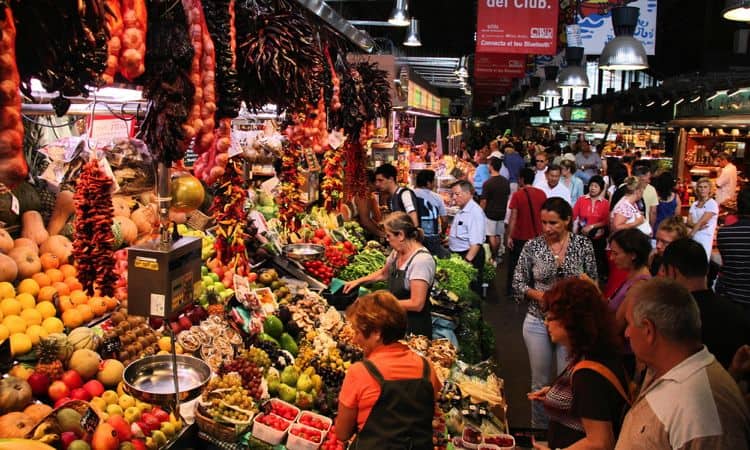BY NKECHI NAECHE-ESEZOBOR ( WASHINGTON D.C.)— Nigeria’s headline inflation rate fell for the sixth consecutive month in September 2025, easing to 18.02 percent, its lowest level in three years, according to the National Bureau of Statistics (NBS).
The latest data show that core inflation slowed to 19.53 percent, while food inflation eased to 16.87 percent, reflecting a sustained disinflationary trend.
The decline marks a major turnaround from the inflation peak of 34.19 percent in June 2024, following the Central Bank of Nigeria’s (CBN) aggressive monetary tightening to curb inflation and stabilize the naira.
In response to rising price pressures last year, the CBN raised its Monetary Policy Rate (MPR) from 18.75 percent to 27.50 percent, alongside an increase in the Cash Reserve Ratio (CRR) to 50 percent for commercial banks and 16 percent for merchant banks.
At its September 2025 meeting, the Bank eased slightly, cutting the MPR by 50 basis points to 27.00 percent and reducing the CRR for commercial banks to 45 percent, while maintaining a firm anti-inflation stance.
Monetary policy efforts were supported by reforms in the foreign exchange market, including exchange rate unification and enhanced transparency to improve price discovery. These measures have stabilized the naira, with the spread between the official and Bureau de Change (BDC) rates narrowing to below 2 percent.
Improved FX liquidity has helped reduce imported inflation and strengthened price stability.
Nigeria’s foreign reserves remain above $43 billion, providing more than 11 months of import cover, supported by steady forex inflows.
According to the CBN, the bank remains committed to sustaining the disinflation trend through a mix of exchange rate stability, improved food supply, and continued moderation in energy prices.
Speaking at the IMF/World Bank Annual Meetings in Washington, D.C., CBN Governor Olayemi Cardoso said:
“We expect inflation to continue to trend downward in the near term, supported by tight monetary conditions, a stable naira, and increased food supply.”













